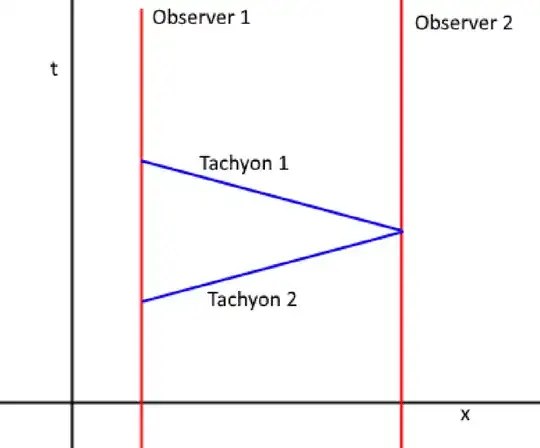In relativity tachyons cannot exist and they are theoretically viewed as objects with imaginary mass according to relativity, but since tachyons violate relativity, why do we use this theory to describe them? Also if tachyons existed, shouldn't we modify the theory of relativity where the maximum velocity an object would be that of the fastest tachyon?
1 Answers
Tachyons do not violate the theory of relativity. The theory of relativity only specify that the speed of light is the same in all inertial frames, which is entirely fine with the existence of tachyons. This means that tachyons do not define observers (otherwise you'd get weird results with complex coordinates), but this is not a big issue as photons are not observers either.
There are no fastest tachyon. The fastest tachyon with respect to an observer would simply be the tachyon defined by $\gamma(\lambda) = (0, \lambda)$, with infinite speed, but this is not an invariant.
The main problem with tachyons is causality. Consider two observers at rest, exchanging some tachyons
The first observer could simply send a signal reflected by the second back to him in the past. Tachyons aren't terribly problematic if they can't interact with ordinary matter, but then they wouldn't be physical.
Tachyons aren't really a problem in modern days (at least not in this form), since that behaviour only happens for point particles. Tachyonic fields (fields with $m^2 < 0$) do not actually propagate faster than light, so such problems aren't really relevant to modern physics.
- 17,006
